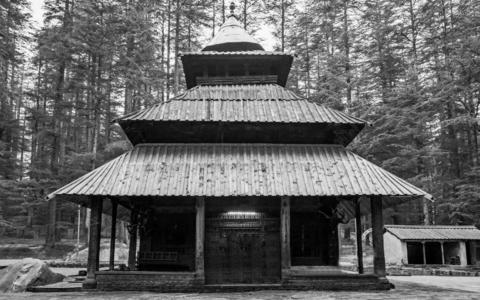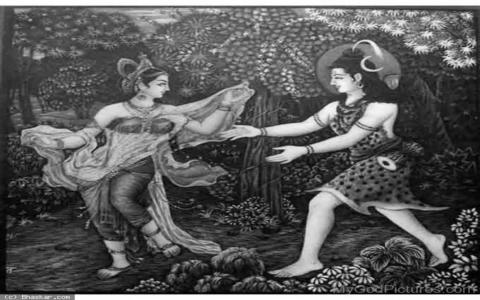August 2017

Kālidāsa has probably provided us with the finest pictures of the pure life led by sages in hermitages. It is among the many things that he has pioneered. From his description of life in hermitages, it is clear that a sage is one who is more humane than most humans. It is because of this that he becomes divine in the larger sense. It is not as if he has no concerns; it is just that he is concerned about everything around him. And it is not as if...

Adhyāyas 54-61 : Ādivaṃśāvataraṇa -parva
The ādivaṃśāvataraṇa-(upa-) parva spans eight adhyāyas – from the fifty fourth to the sixty first. In the beginning of this, i.e.., the fifty-fourth chapter, Vyāsa comes to Janamejaya’s sarpa-yāga. Janamejaya pays respects to him and asks “You have seen the Kauravas and Pāṇḍavas with your own eyes; Tell me the story of how they drifted apart, fought a war and lost their lives”. Vyāsa told his disciple...

Kumārasambhavam
The epic opens with a magnificent hyperbole describing the great Himalayan mountains:
स्थितः पृथिव्या इव मानदण्डः ||The Himalayas is like a great measuring scale used to measure the earth.
The narrative then moves to describing his daughter Pārvatī. We can look at a few descriptions of Pārvatī.
प्रभामहत्या शिखयेव दीपस्-
त्रिमार्गयेव त्रिदिवस्य मार्गः |
संस्कारवत्येव गिरा मनीषी
तया स पूतश्च विभूषितश्च ||The Himalayas was both...
- « first
- ‹ previous
- 1
- 2
- 3
